Discover 11 hidden attractions, cool sights, and unusual things to do in South Uist (United Kingdom). Don't miss out on these must-see attractions: Our Lady of the Isles, Ormacleit Castle, and Cladh Hallan. Also, be sure to include Dun Vulan in your itinerary.
Below, you can find the list of the most amazing places you should visit in South Uist (Scotland).
Table of Contents
Our Lady of the Isles
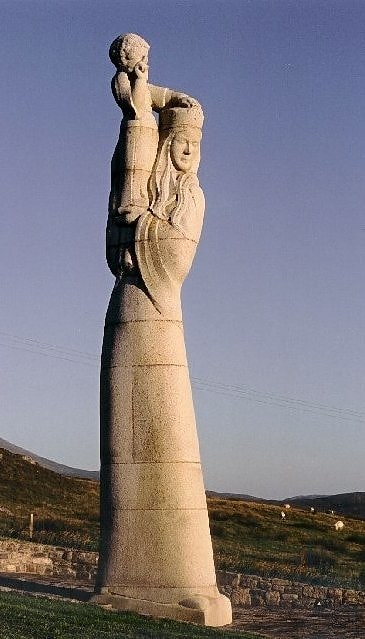
Sculpture. Our Lady of the Isles is a sculpture of the Madonna and Child, on South Uist in the Outer Hebrides of Scotland.
The statue is situated on the western slopes of Ruabhal, a hill near the northern end of South Uist. It is to the east of the A865 road, and a paved path runs from the road to the statue.
The statue was commissioned following proposals from the Ministry of Defence for a large missile testing range. This would have covered much of Uist, and involved construction of a military town as well as facilities for building missiles. This caused concern it would destroy much of the island's way of life, culture and language. Resistance to the proposals was led by Canon John Morrison, the local parish priest. He commissioned and raised funds for the construction of the statue. The statue was completed in 1957, and dedicated in 1958.
The statue was designed by Hew Lorimer, and sculpted from granite. In 2007 the statue was listed as a Category B listed building.[1]
Ormacleit Castle
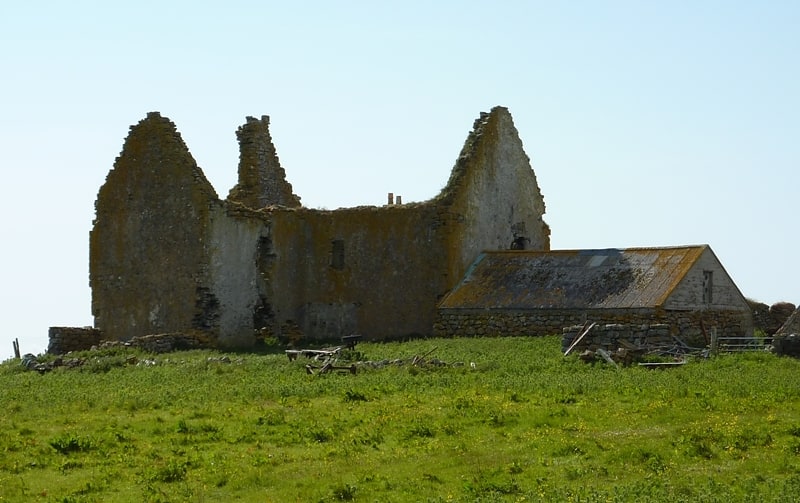
Building in Scotland. Ormacleit Castle is a ruined mansion house of the early 18th century. It is located on South Uist in the Western Isles of Scotland. It was built in the early years of the 18th century by Allan Macdonald, chief of Clanranald, and occupied from 1707. Macdonald was killed at the Battle of Sheriffmuir on 13 November 1715, and Ormacleit Castle is said to have burned down on the same day. After the fire, the Clanranald seat was moved north to Nunton on Benbecula, and the castle was abandoned after less than ten years of occupation.
The first structure at Ormacleit was begun in the late 16th century by Allan Macdonald, 9th chief of Clanranald. Parts of this building may be incorporated into the present house. The T-plan, two-storey house was formerly fronted by a forecourt to the north. Local tradition states that the castle was roofed with marble; pieces of green-coloured gneiss slabs found on the site may explain this belief. Above the main entrance is an armorial panel, although other decorative features have been removed.
The ruin is a Scheduled Monument.[2]
Cladh Hallan
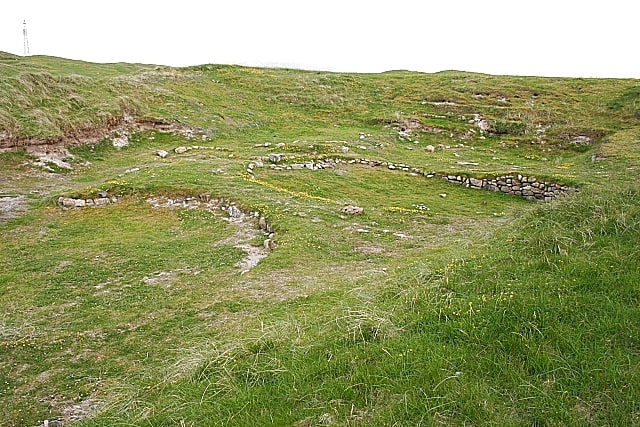
Historical landmark in Scotland. Cladh Hallan is an archaeological site on the island of South Uist in the Outer Hebrides in Scotland. It is significant as the only place in Great Britain where prehistoric mummies have been found. Excavations were carried out there between 1988 and 2002, indicating the site was occupied from 2000 BC.
In 2001, a team of archaeologists found four skeletons at the site, one of them a male who had died c. 1600 BC, and another a female who had died c. 1300 BC. (about the same time as King Tutankhamun of Egypt). At first the researchers did not realise they were dealing with mummies, since the soft tissue had decomposed and the skeletons had been buried. But tests revealed that both bodies had not been buried until about 1120 BC, and that the bodies had been preserved shortly after death in a peat bog for 6 to 18 months. The preserved bodies were then apparently retrieved from the bog and set up inside a dwelling, presumably having religious significance. Archaeologists do not know why the bodies were buried centuries later. The Cladh Hallan skeletons differ from most bog bodies in two respects: unlike most bog bodies, they appear to have been put in the bog for the express purpose of preservation (whereas most bog bodies were simply interred in the bog), and unlike most bog bodies, their soft tissue was no longer preserved at the time of discovery.[3]
Dun Vulan
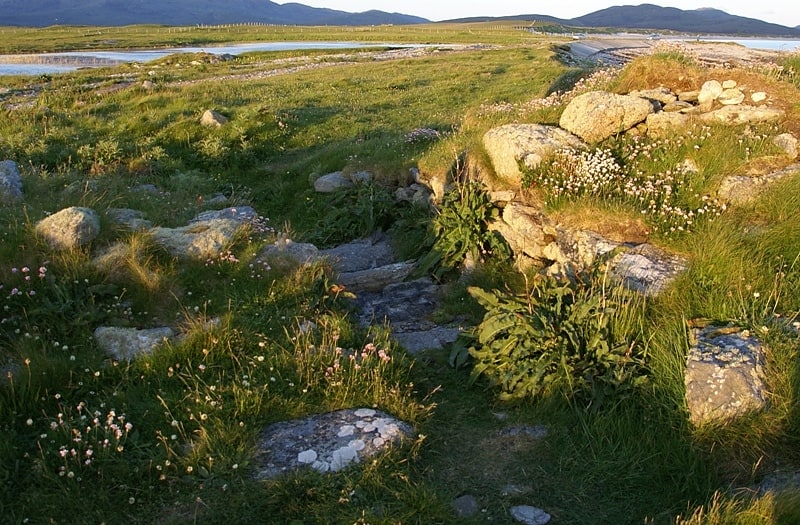
Dun Vulan Broch is an Iron Age broch in South Uist, Scotland.[4]
Easaval

Hill in Scotland. Easaval is one of the smallest hills on the island of South Uist in the Outer Hebrides of Scotland, with a height of 243 metres. It is a small rounded hill located south of Lochboisdale near Pollachar in the southernmost part of South Uist, overlooking the Sound of Barra.
There are good views from the top, including distant views of St Kilda on the northwestern horizon, almost 60 miles (100 kilometres) away. On a clear day one can also see Beinn Mhòr, the highest hill in South Uist, Skye, Rùm, Canna, Eigg and Muck. To the south there are views of Barra, Coll and Tiree, the Isle of Mull, and landmarks on the mainland such as the lighthouse on Ardnamurchan, all the great mainland hills between Glenelg and Ardnamurchan, and the peaks of Beinn Talaidh, Beinn Bhearnach and Dun da Ghaoith.[5]
Beinn Ruigh Choinnich
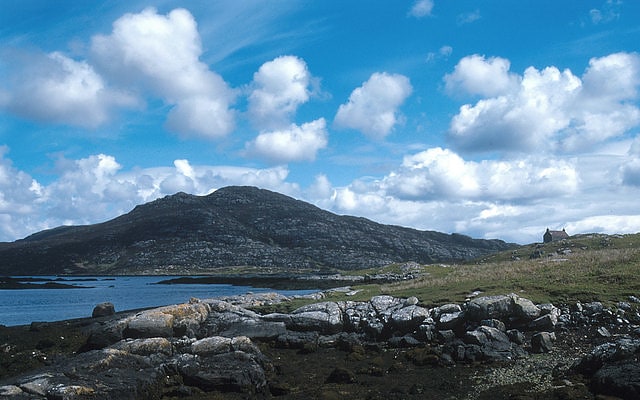
Hill in Scotland. Beinn Ruigh Choinnich is a hill which overlooks the port of Lochboisdale on the east coast of the island of South Uist in the Outer Hebrides Scotland. Its name is sometimes given in English as Ben Kenneth, although a literal translation would be 'the hill of Kenneth's slope'. The origin of the name is unknown. The hill is 275 m in height and can be climbed quite easily.
Every year on the first Sunday in August, a race is held where competitors run from Lochboisdale pier to the top of Beinn Ruigh Choinnich and back to the pier.[6]
Hecla
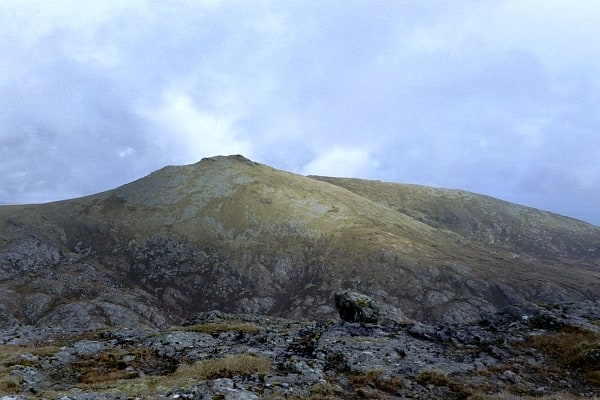
Mountain in Scotland. Hecla or Thacla is a mountain on the island of South Uist in the Outer Hebrides of Scotland. With a height of 606 metres, it is the second-highest hill on the island. The name Hecla is Norse for "serrated".[7]
Kilaulay
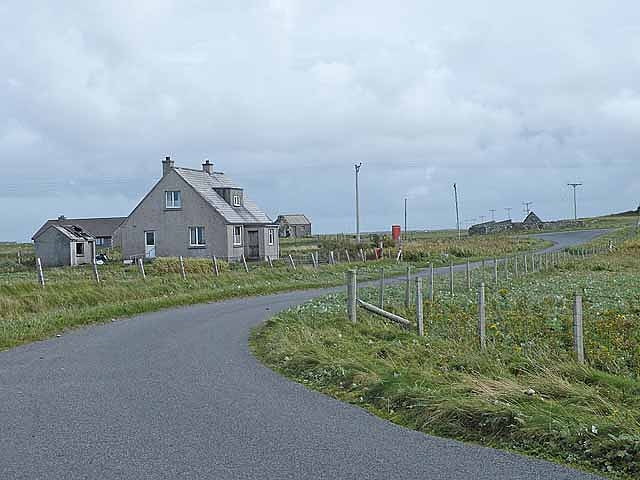
Township in South Uist, Scotland. Kilaulay is a crofting township on the island of South Uist, in the Outer Hebrides of Scotland. Kilaulay is located on the north-west corner of the island, situated about 1.5 miles west of Eochar. Kilaulay is also within the parish of South Uist.[8]
Bornish

Village in South Uist, Scotland. Bornish is a village and community council area on South Uist in the Outer Hebrides, Scotland. Bornish is also within the civil parish of South Uist. The A865 passes through Bornish, on the route between Lochmaddy and Lochboisdale.[9]
Beinn Mhòr
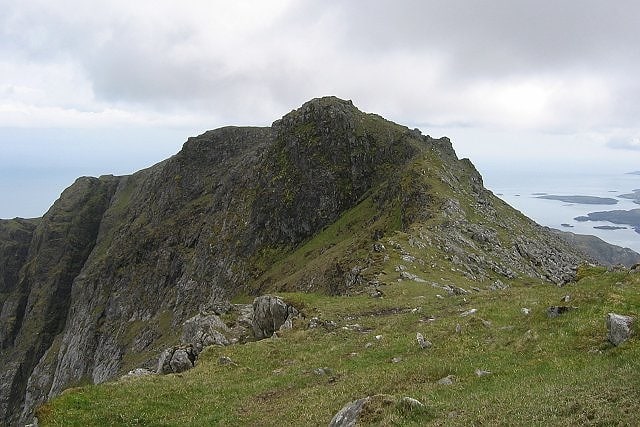
Mountain in Scotland. Beinn Mhòr is a mountain on the island of South Uist in the Outer Hebrides of Scotland. With a height of 620 metres, it is the highest point on the island. The name Beinn Mhòr is Gaelic for "big mountain". The correct name for the mountain in Gaelic is Gèideabhal.[10]
South Uist Machair and Lochs

Protected site. The South Uist Machair and Lochs is a protected wetland area on the west coast of South Uist in the Outer Hebrides of Scotland. A total of 5,019 hectares contains blanket bog, oligotrophic lochs, wet and dry machair, fresh and saltwater marsh, coastal dunes and sandy and rocky shores. It includes the estuary waters of the Howmore River, as well as Loch Bi and Loch Druidibeg. It has been protected as a Ramsar Site since 1976.
The area supports nationally or internationally important populations of numerous birds, including corncrake, little tern and sanderling. The site also contains the rare slender naiad.
As well as the South Uist Machair and Lochs being recognised as a wetland of international importance under the Ramsar Convention, it has also been designated a Special Protection Area.[11]